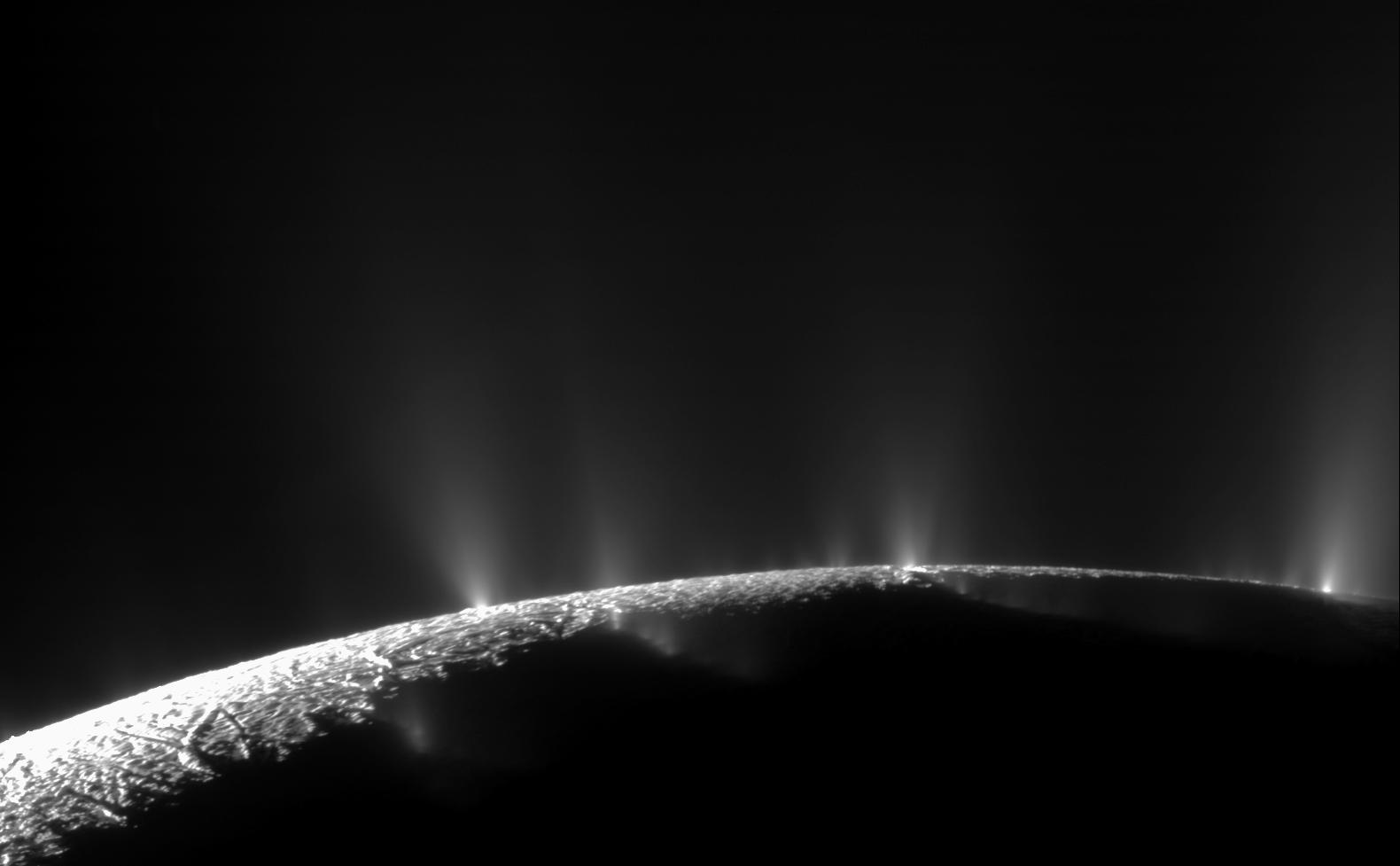3 min read
The most recent spacecraft telemetry was acquired on May 19 from the Deep Space Network tracking complex at Madrid, Spain. The Cassini spacecraft is in an excellent state of health and all subsystems are operating normally. Information on the present position and speed of the Cassini spacecraft may be found on the "Present Position" page at: http://saturn.jpl.nasa.gov/mission/presentposition/.
Wednesday, May 13 (DOY 133)
An encounter strategy meeting was held today to cover the period between May 21 and June 6, Titan flybys T55 and T56, and maneuvers 197-199.
Thursday, May 14 (DOY 134)
Orbit Trim Maneuver (OTM) #195 was performed today. This is the apoapsis maneuver setting up for the Titan 55 encounter on May 21. The main engine burn began at 4:14 AM PDT. Telemetry immediately after the maneuver showed the burn duration was 13.18 seconds, giving a delta-V of 2.21 m/s. All subsystems reported nominal performance after the maneuver.
Friday, May 15 (DOY 135):
Today the Composite Infrared Spectrometer (CIRS) performed a compositional sit and stare of Saturn¹s northern hemisphere to measure oxygen compounds in the Saturnian stratosphere as a function of latitude.
Over the weekend CIRS took measurements for far-infrared mapping studies of Saturn¹s northern hemisphere and pole, the Cassini Plasma Spectrometer led the pointing for a Magnetospheric and Plasma Science campaign to observe the dawn-side magnetospheric boundaries at a variety of radial distances, and the Ultraviolet Imaging Spectrograph performed day 4 of a mosaic scan of the Saturn magnetosphere to observe atomic oxygen and hydrogen.
Monday, May 18 (DOY 138):
Orbit Trim Maneuver (OTM) #196 was performed today. This is the approach maneuver setting up for the Titan 55 encounter on May 21. The reaction control subsystem burn began at 2:00 PM PDT. Telemetry immediately after the maneuver showed the burn duration was 37.63 seconds, giving a delta-V of 47.12 mm/s. All subsystems reported nominal performance after the maneuver.
Science Planning hosted a presentation on the science highlights for S54 with a focus on what is unique and what observations have the highest priority. This information will help the flight team as the sequence goes through the development process, and assist the team in making trades should the need arise. Tomorrow the files for the first input port are due for this sequence.
Tuesday, May 19 (DOY 139)
At less than four weeks away from uplink, it has been determined that the S51 background sequence has grown large enough that it will be split into two parts. Part1 has about 56,000 words and Part2 has about 51,000 words. Part1 will be sent to the spacecraft on June 10.







